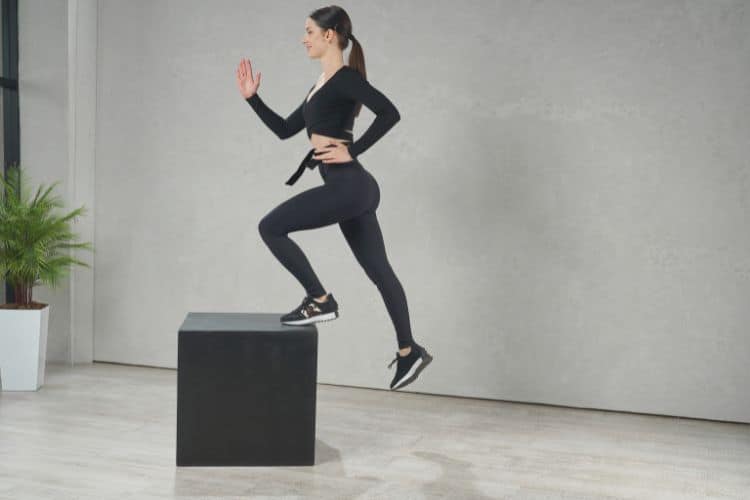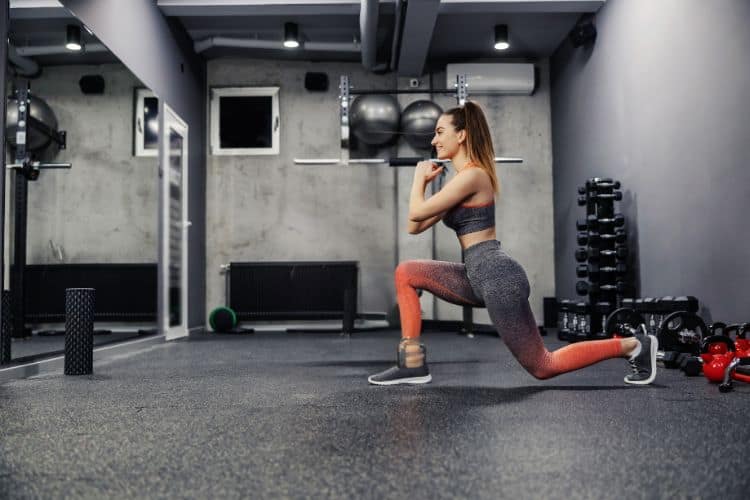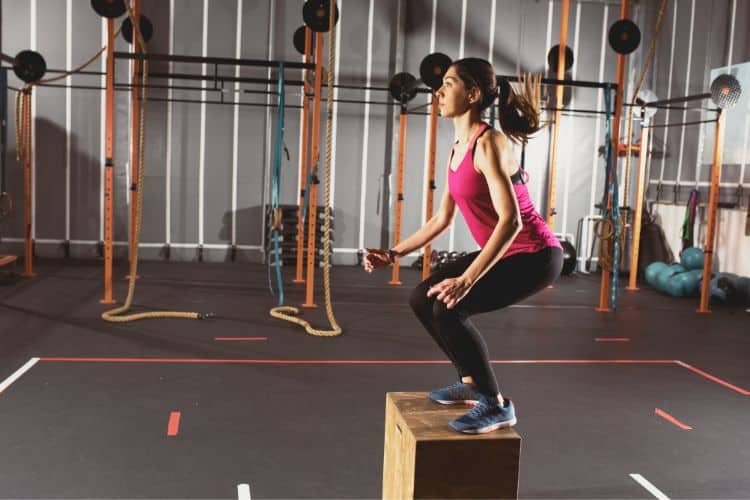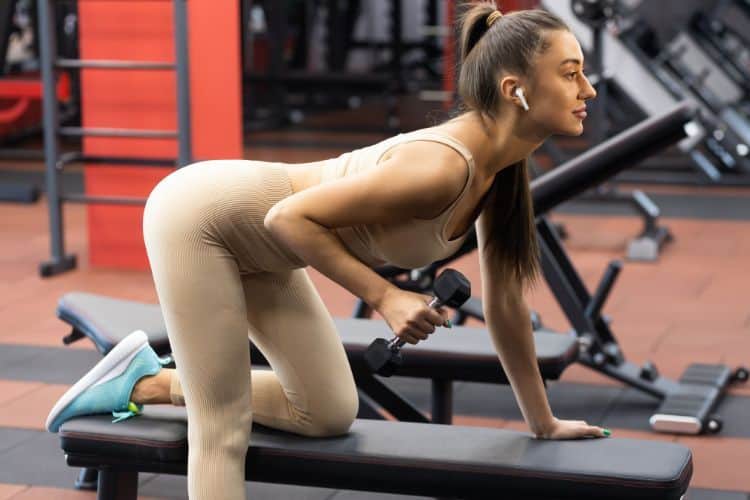Sign up for workout ideas, training advice, reviews of the latest gear and more.






If you’re new to strength training or just looking for a quick, efficient workout, a 20-minute beginner dumbbell workout plan is the perfect place to start. Whether you’re at home or in the gym, this short and simple routine targets all major muscle groups using only a pair of dumbbells. It’s ideal for building muscle tone, improving endurance, and jumpstarting your fitness journey.
In this blog post, we’ll walk you through the benefits of dumbbell training for beginners, how to prepare, a complete 20-minute workout plan, and tips to maximize results.
Dumbbells are incredibly versatile. You can use them to train your arms, shoulders, chest, back, legs, and core with countless movement variations. This makes them ideal for full-body workouts.
Unlike machines that may require adjustments or barbells that demand proper setup and form, dumbbells are easy to handle and safer for beginners. You can control the range of motion, weight selection, and exercise pace.
A 20-minute dumbbell workout allows you to get in and out quickly without sacrificing effectiveness. With minimal space and equipment required, it’s perfect for home workouts or quick gym sessions.
Before jumping in, ensure you have:
You’ll perform compound exercises with short rest intervals to keep your heart rate up and your muscles working hard throughout the 20 minutes.
This beginner dumbbell workout is divided into three phases:
Warming up before lifting helps prevent injury and improves performance. Here’s a quick 3-minute bodyweight warm-up to get your blood flowing.
Perform each exercise for 40 seconds followed by 20 seconds rest. Once all exercises are completed, rest for 60 seconds and repeat the circuit one more time.
Muscles Worked: Quads, glutes, hamstrings, core
Hold one dumbbell close to your chest. Squat down, keeping your chest upright and knees tracking over toes. Return to standing.
Tip: Push through your heels and avoid letting your knees collapse inward.
Muscles Worked: Upper back, lats, biceps
Hold a dumbbell in each hand, hinge at the hips, and pull the weights toward your ribcage. Keep elbows close and squeeze your shoulder blades together.
Tip: Keep your back flat throughout the movement.
Muscles Worked: Chest, shoulders, triceps
Lie on the floor or bench with dumbbells in hand. Press the weights straight up and slowly lower them back down.
Tip: Avoid flaring elbows too far out. Use a controlled tempo.
Muscles Worked: Shoulders, triceps
Stand or sit, hold the dumbbells at shoulder level, and press them overhead. Lower with control.
Tip: Keep your core tight and avoid arching your back.
Muscles Worked: Hamstrings, glutes, lower back
Hold the dumbbells in front of your thighs. Hinge at the hips and lower the dumbbells to mid-shin. Squeeze glutes to return to standing.
Tip: Don’t round your back—keep it neutral and hinge properly.
Muscles Worked: Biceps
Hold the dumbbells at your sides and curl them toward your shoulders. Lower slowly.
Tip: Avoid swinging the weights. Keep elbows locked in place.
Muscles Worked: Triceps
Hold one dumbbell with both hands overhead. Bend elbows to lower the dumbbell behind your head, then extend arms fully.
Tip: Keep elbows close to your ears.
Muscles Worked: Obliques, core
Sit with feet slightly off the floor and twist the dumbbell from side to side.
Tip: Keep core engaged and avoid rushing the movement.
Don’t skip your cool-down. It aids recovery and reduces soreness. Hold each stretch for 30 seconds.
It’s better to start with lighter weights to learn form correctly. As you get stronger, increase the weight gradually.
Keep a workout log of exercises, weights, and reps. This will help you monitor progress and stay motivated.
Stick to your 20-minute plan 3–4 times a week. Consistency is more important than intensity at the beginner stage.
While this dumbbell workout builds strength, pairing it with brisk walks or beginner cardio can boost fat loss. Don’t forget a nutritious, protein-rich diet to support recovery.
Start with 5–10 lb dumbbells for upper-body moves and 10–15 lb for lower-body exercises. The right weight should challenge you but allow proper form for 10–15 reps.
Your muscles need time to recover. Do this workout 3–4 times a week and alternate with cardio or flexibility training on other days.
No. This 20-minute dumbbell workout can be done at home with just a pair of dumbbells and a small space.
| Day | Workout |
|---|---|
| Monday | 20-Minute Dumbbell Workout (Full Body) |
| Tuesday | Light Cardio (Brisk Walk, 30 minutes) |
| Wednesday | 20-Minute Dumbbell Workout |
| Thursday | Rest or Stretching/Yoga |
| Friday | 20-Minute Dumbbell Workout |
| Saturday | Cardio + Core Focus |
| Sunday | Rest or Recovery Walk |
A 20-minute beginner dumbbell workout plan is a fantastic way to start your fitness journey. It’s short enough to fit into any schedule, but powerful enough to build muscle tone, improve endurance, and boost confidence. As you grow stronger, you can scale the intensity or move on to more advanced routines.
No matter your fitness level, consistency is the key to success. Stick to this plan, track your progress, and celebrate every small win along the way.
Want more beginner-friendly workout guides?
Explore our full fitness library, download printable routines, and follow us on Pinterest for daily inspiration and progress tips!
Stay up to date on the latest women’s health, fitness and lifestyle trends and tips.